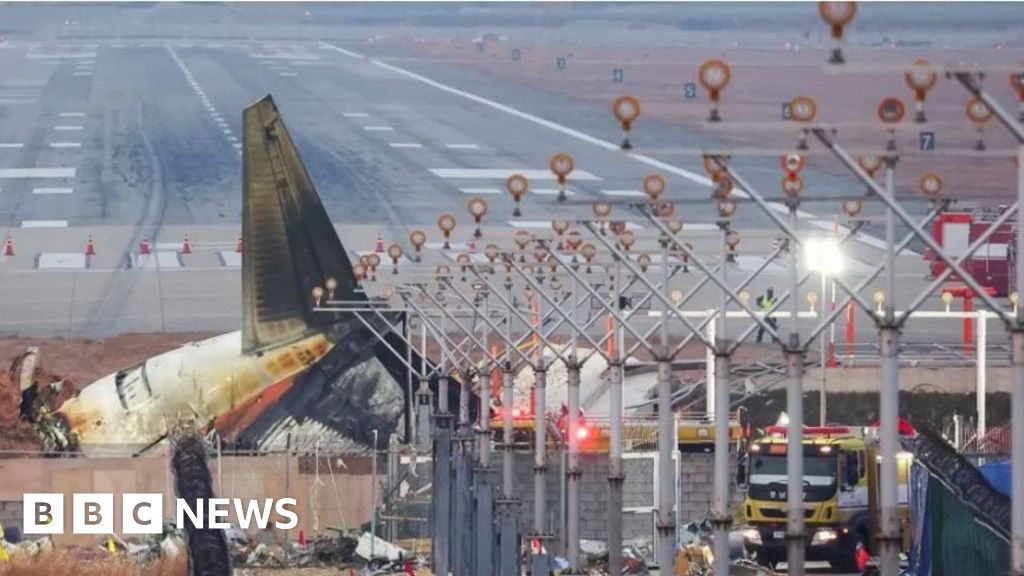serendipity
Verified User
Aviation experts have raised questions about an "unusual" concrete wall near the runway and its role in the South Korea plane crash that killed 179 people.
BBC News - Why was there a wall near runway at S Korea plane crash airport?

 www.bbc.com
www.bbc.com
BBC News - Why was there a wall near runway at S Korea plane crash airport?

South Korea plane crash: Why was there a wall near the runway?
An air safety expert says lives could have been saved if the "obstruction" was not there.



